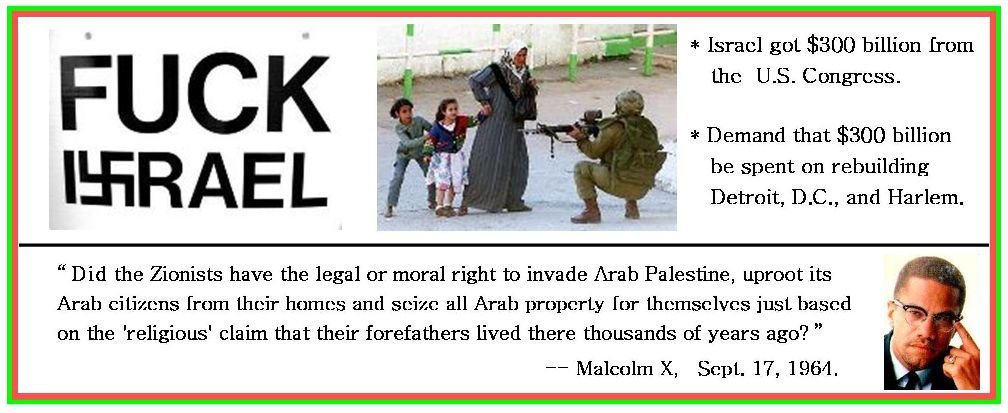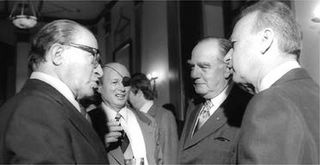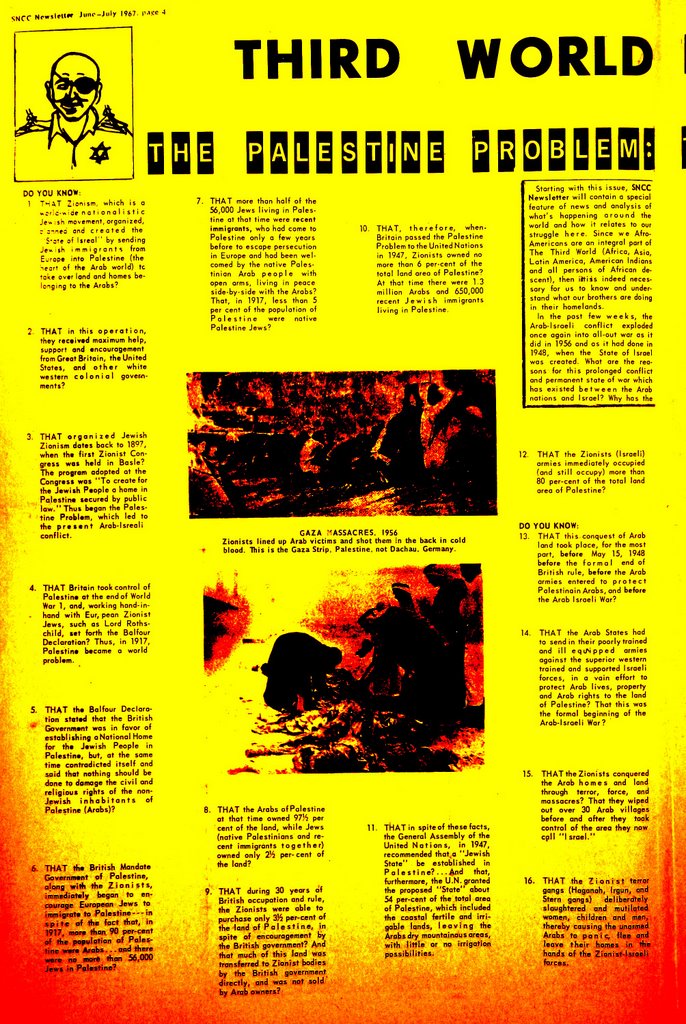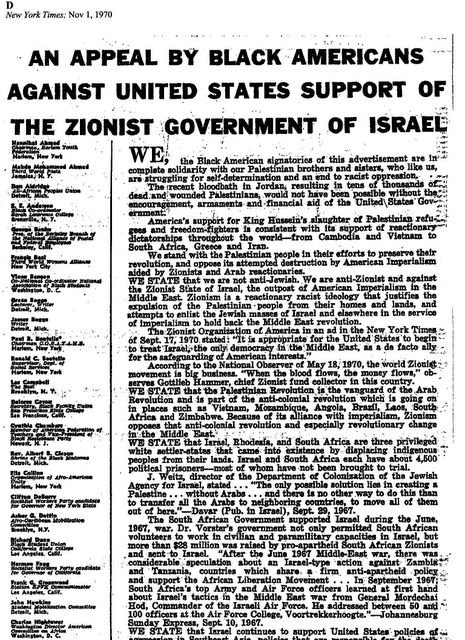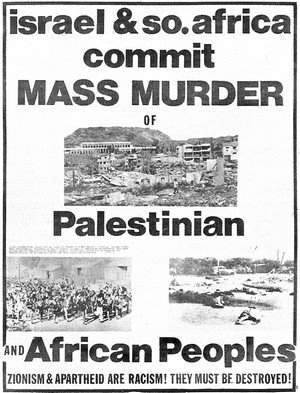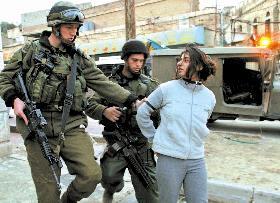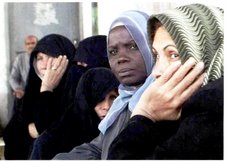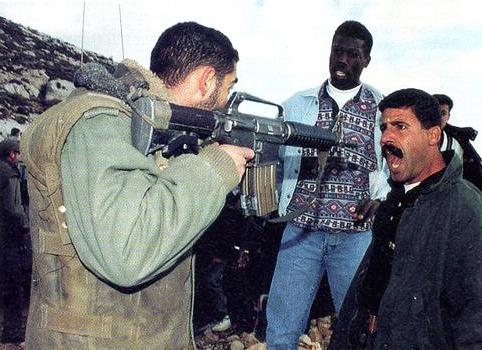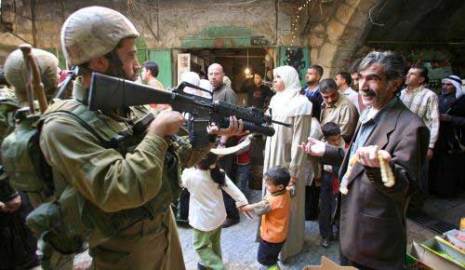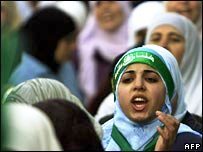Then click on "Play" symbol to the lower left.
"Palestine Mural unveiled"
by Devin O'Keefe,
GOLDEN GATE [X]PRESS (San Francisco, California)
November 3, 2007
http://xpress.sfsu.edu/archives/news/009515.html
On Nov. 2, the General Union of Palestine Students (GUPS) unveiled the long awaited Palestinian Cultural Mural on the Cesar Chavez Student Center following two years of preparation and controversy.
Two hours of speeches, poetry, traditional dances, and hip-hop preceded the unveiling, which was greeted by applause and cheering from the audience of about 200.
The unveiling, which participants and audience members alike celebrated with dance, came at the midpoint of a day-long celebration organized by the GUPS and the Student Center.
“It’s interesting because Edward Said in his writings is first and foremost a humanist,” David Tan, 30, said. Tan, who received his Master’s degree in Philosophy from SF State in 2004, said he was interested in the choice of Said as a figure for the mural. “What I’ve been able to pick up is that he wrote about the Palestinian issue not from an ‘Islamic jihadist’ perspective but from a humanist perspective.”
The idea of the mural was first raised in 2005. Disagreements between various student groups and administrators delayed the approval process for the project. A large portrait of Palestinian-American intellectual Edward Said, who died in 2003, dominates the mural, which also includes a skyline incorporating elements of San Francisco, Jerusalem (Said’s birthplace), and New York, where he taught at Columbia University. The painting also features portraits of several GUPS members performing a traditional Arabic dance, and an entwined pair of doves formed by Arabic calligraphy of the word “salaam,” meaning “peace.”
“We had to go through at least 20 changes in layout,” lead artist Fayeq Oweis said. “We’re glad that we were able to come up with a design that pleases everyone. The hard work of the students is represented, the Malcolm X Plaza—as a center for student activism—is represented. That creates a connection with different communities, and we’re proud of that.”
Oweis, who previously taught Arabic at SF State and is now a professor of Arabic language and culture at Santa Clara University, collaborated with Susan Greene, an adjunct professor at the San Francisco Art Institute. The artists, who have worked together before, led a team of students in creating the mural.
The most controversial element of the proposed mural was the inclusion of a figure called Handala, a character created by Palestinian political cartoonist Naji Al-Ali. Al-Ali was killed in England in 1987. Handala was ultimately dropped from the mural design.
“Handala represents a refugee boy who has his back turned to the world,” said Loubna Qutami, a senior majoring in sociology and GUPS member. “The experience that Handala represents was important to us, because we are a country of nearly six million living in diaspora. To us, when they asked us to take that out, it was like they were asking us to deny our history or be ashamed of it.”
Many Israelis and supporters of Israel consider Handala representative of a threat to the continued existence of the Jewish state. The figure was to have been depicted holding a key and a sword-like pen, representing the Palestinian “right of return” to territory that is now part of Israel.
» E-mail Devin O'Keefe @ devok@sfsu.edu
___________________________________
